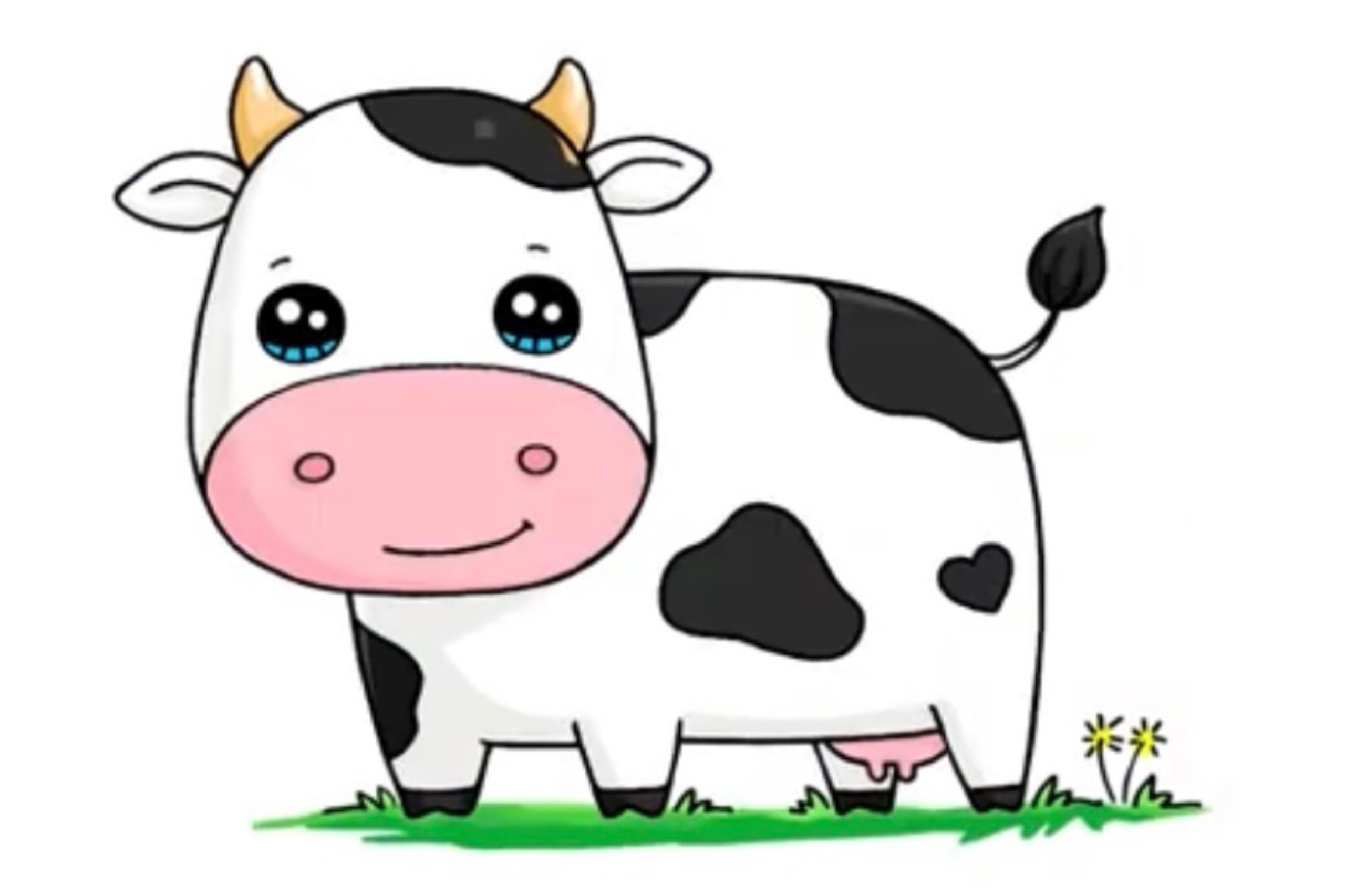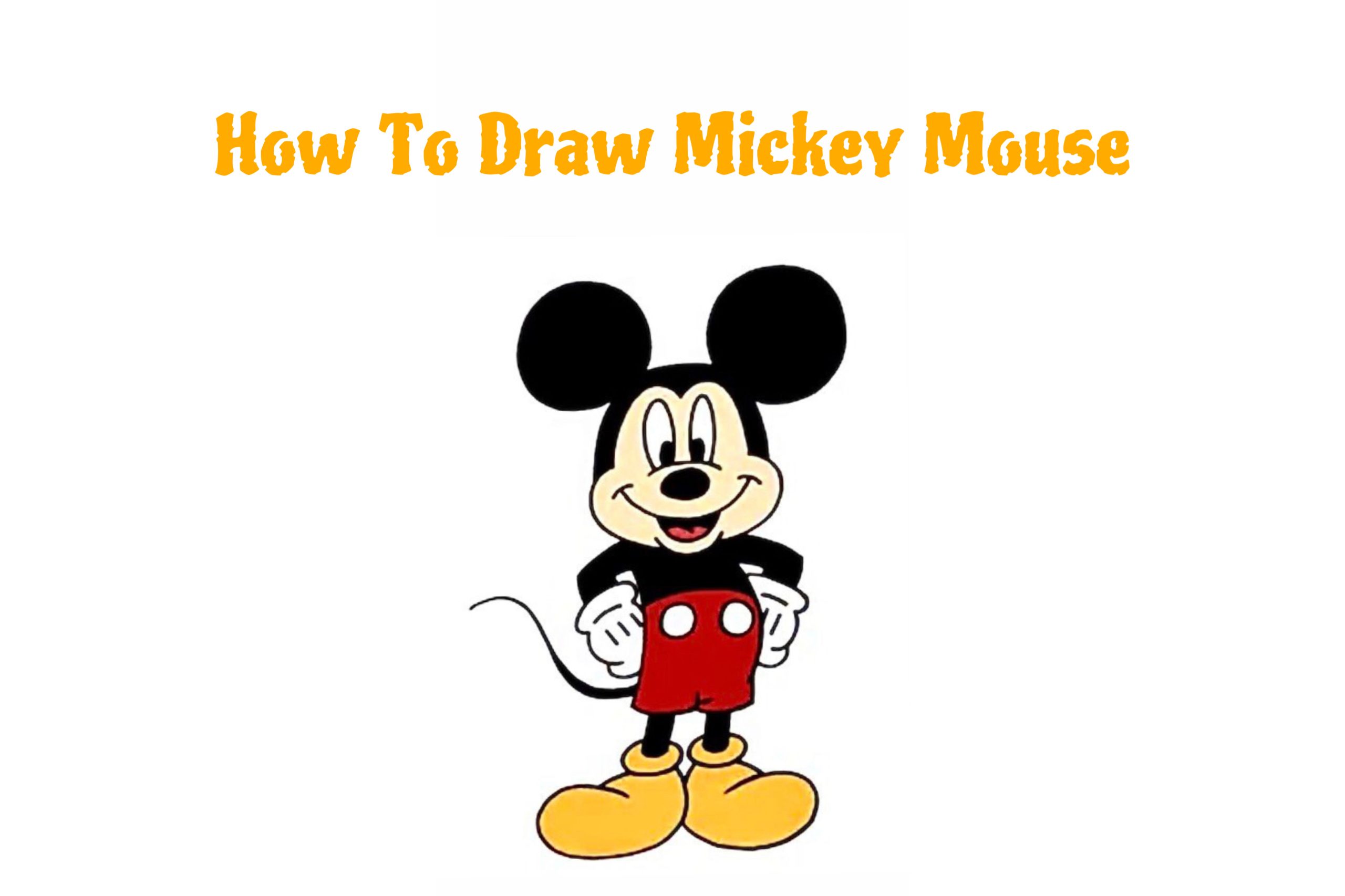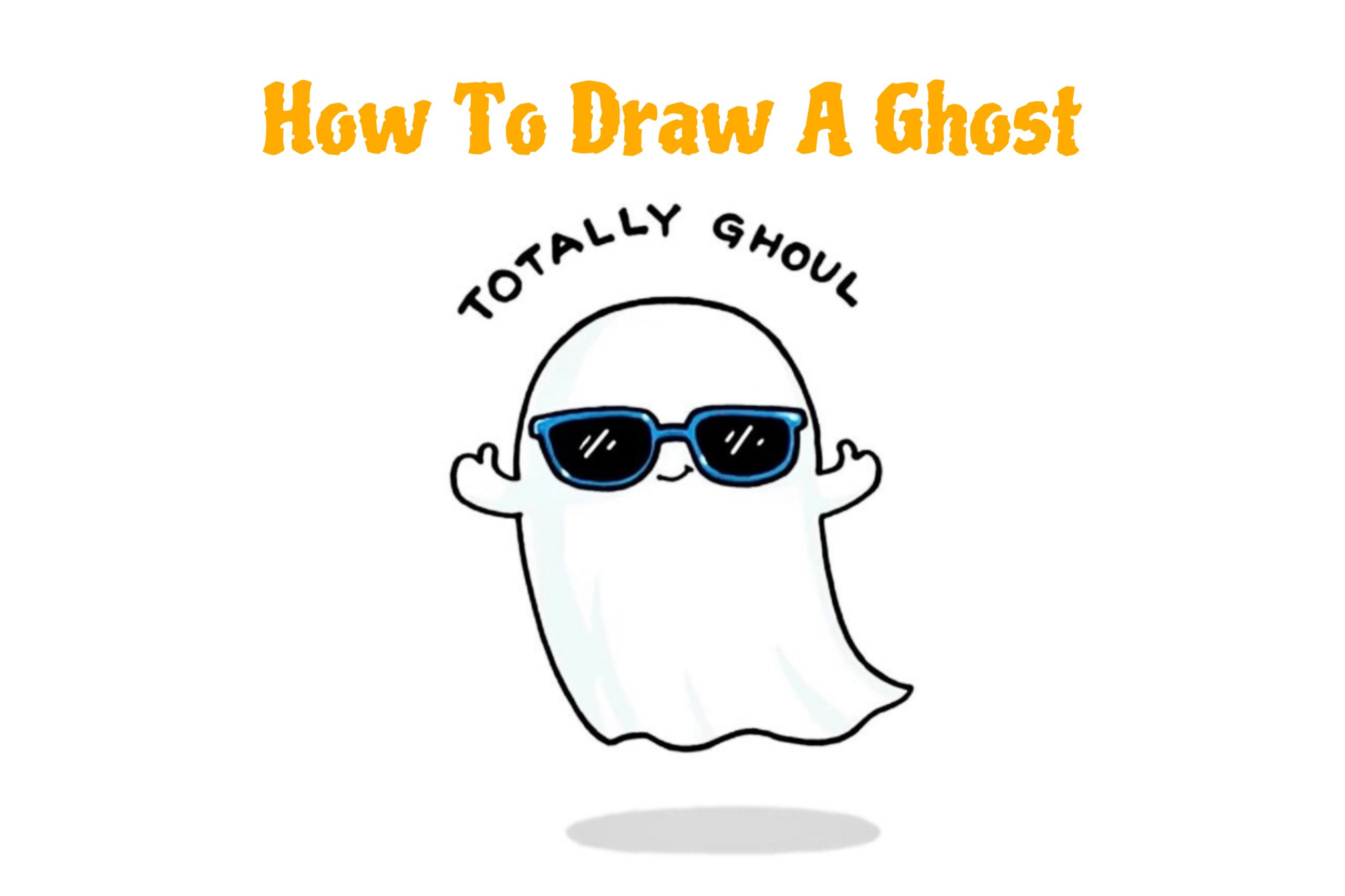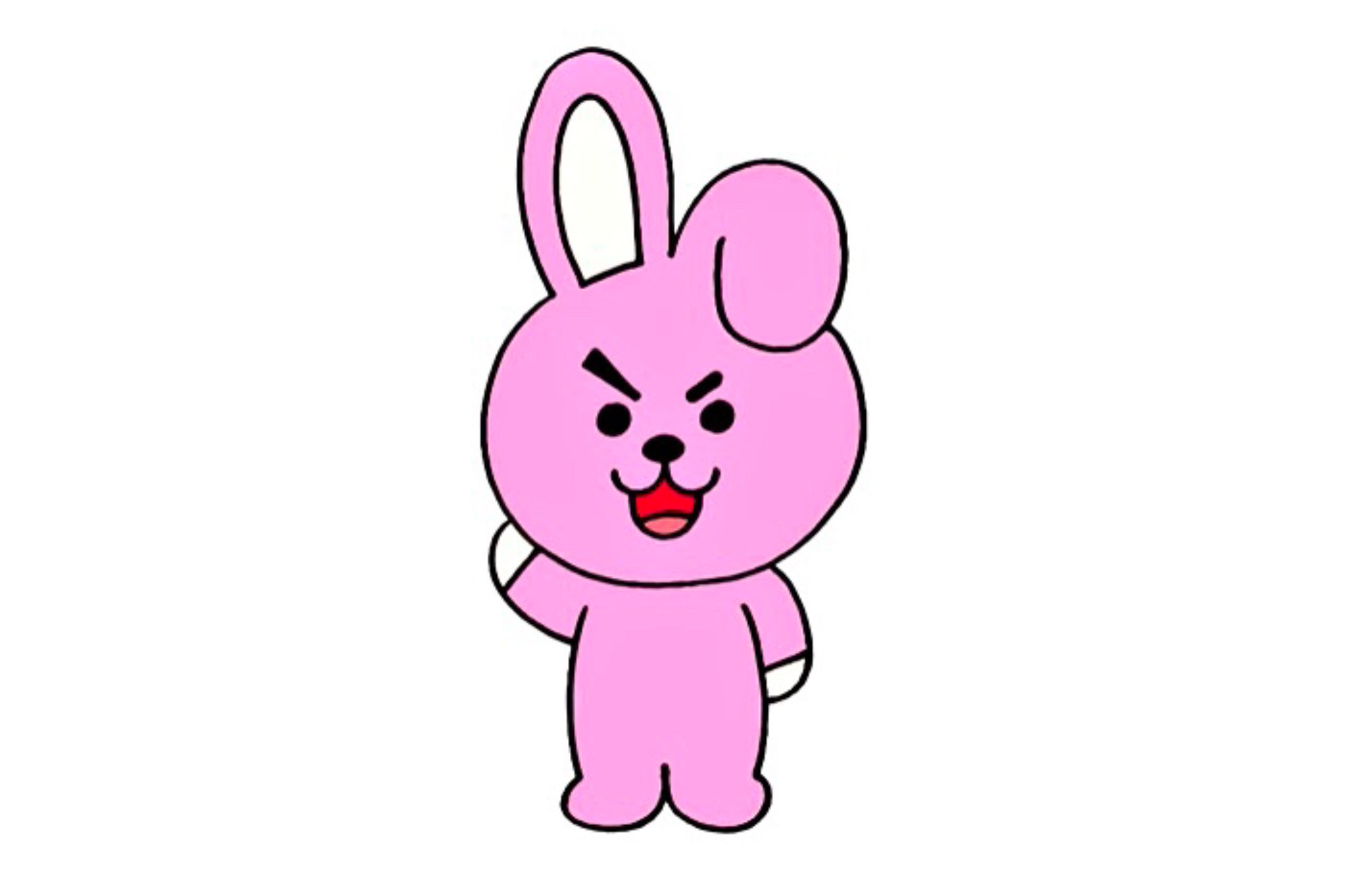Coloring Techniques
Adding Dimension And Depth To Artwork With Shading Techniques
Jorz.art is excited to introduce the fascinating world of shading techniques to you. In this article, we will guide you through the art of shading and how it can breathe life and realism into your artwork. With the use of this method, artists can give still photographs and sketches life by creating the impression of depth, dimension, and form. Whether you’re working with pencils, charcoal, ink, or digital tools, the principles of shading remain consistent and applicable
I. Introduction to shading
When discussing color technique, shading refers to the process of changing an area of an artwork’s darkness or lightness, usually by using various shades of the same color. This deft use of value modification contributes to the creation of texture, depth, and dimension—all crucial components of dynamic compositions and visual reality.

In order to give otherwise flat and lifeless photos more realism and three-dimensionality, shading in art is essential in adding depth and dimension. It contributes to the definition of object form and contour, strengthens the appearance of textures and materials, and clearly demarcates zones of light and dark, lending artworks a sense of volume and space.
II. Types of shading techniques
A. Hatching
1. Definition
A basic shading method called hatching involves drawing a succession of parallel lines with different thicknesses and lengths. Usually, these lines are drawn following the outlines of the form being darkened, in a constant direction. Artists can add depth and texture to their work by adjusting the spacing, thickness, and direction of their lines to generate darker or lighter tones.
2. In artwork
Artists such as Albrecht Dürer and Leonardo da Vinci were fully capable of using hatching techniques to achieve eye-catching details and water depth in their work. Albrecht Dürer and Leonardo da Vinci used a pen line hatching pattern with parallel lines to give a three dimensional sense and a sense of depth to their portraits and drawings. Dürer’s famous engravings and perfectly created crosses in Knight, Death, and the Devil enhance the images and are beautiful. Meanwhile, the delicate hatching in da Vinci’s The Last Supper creates a gentle and atmospheric atmosphere.

B. Cross-Hatching
1. Definition
Cross hatching is similar to hatching, except now we are crossing lines to create a gradient in the shading. Again, we begin by drawing another sphere. Since the light source is coming from the left side of the sphere, we want to develop our shadows from the right of the sphere.

2. In artwork
A famous example is Leonardo da Vinci’s “Study of Hands,” in which the subtle play of crossed lines adds depth to the fine details of the hands and is a true Rembrandt’s cross-section created used to light and shade in his writings, such as as “Christ’s Sermon” “Himself.” -Portrait” is, which gave the composition a wonderful sense of chiaroscuro.

“Knight, Death, and the Devil” by Albrecht Dürer
C. Stippling
1. Definition
The next technique is called stippling. For this technique, we want to use our micron pens. What we do with this technique is create a series of dots around the areas where there would be shadows. We can use thicker tips for darker marks and thinner tips for lighter marks.
2. In artwork
Georges Seurat and Paul Signac, who created bright and colorful compositions, pioneered the use of compositional lines in paintings. The pointillist style is best demonstrated in Seurat’s A Sunday Afternoon on the island of La Grande Jatte, in which tiny bits of color are laid out to create a striking and beautifully monolithic landscape.

“Sunday Afternoon on the Island” of La Grande Jatte
D. Smudging
1. Definition
Smudging is a shading technique in which the lines or dots produced by previous shading techniques are blended or blurred to apply the shading. The fingers, a blending stump, and other instruments like brushes and soft cloths can all be used for this. Smudging can be used to establish a sense of realism and atmosphere, soften edges, and produce seamless transitions between tones.

2. Examples
Boulevard Montmartre at Night by Camille Pissarro conveys a sense of activity and commerce on the street in Paris. The rhythms created by the headlights and car lines catch the eye of the viewer. Then a busy feeling is created by the repeated appearance of hazy silhouetted figures against the lit, rainy streets. The concepts of repetition and rhythm are applied to produce movement in this example. The slightly blurry individuals and seemingly moving autos also give the sensation of real movement.

“Boulevard Montmartre at Night” by Camille Pissarro
Related topic: Blending Techniques: The Secret To Harmony In Art
III. Tips for effective shading
A. Understand Light Source and Shadows
Understanding the idea of light sources and the shadows they throw is crucial to producing convincing shading. In order to add depth and realism to their artwork, painters might apply darker and lighter tones in the right places by observing how light falls on things and casts shadows.
B. Experiment with different shading techniques
Every shading method has special characteristics and effects of its own. Painting techniques such as hatching, cross-hatching, stippling, and smudging can be used to help artists identify their form and create a flexible tool and experimenting with different techniques on different surfaces and media is common with interesting and surprising results.
C. Gradual shading for smooth transitions
To achieve seamless and natural-looking shading, artists should aim for gradual transitions between tones. This can be accomplished by slowly increasing or decreasing the density of lines, dots, or smudging, creating a smooth progression from light to dark areas and vice versa.
D. Practice observation skills
Developing keen observation skills is crucial for mastering shading techniques. Artists should use it to learn how light and shadow interact on surfaces, pay close attention to subtlety in tone style, texture, and subtlety This process can be accomplished through drawing exercises, observational analysis, or just taking the time to take a closer look at the world around you.

IV. Applications of shading techniques
A. Drawing and Sketching
The shading technique is essential for drawing and sketching. There are many different shading techniques that help artists to represent the spatial dimension, add the volumetric effect and express the concept and ideas very clearly with the aid of shading.

Drawing and Sketching
B. Painting
Shading in painting also makes use of shading techniques. Painting also uses shading techniques. Artists combine brushwork, layering and blending to create a sense of depth and texture. Shading techniques are used by artists working in oil, acrylic or watercolor to enhance the overall effect and aesthetic by adding depth, texture and visual interest to their work There are guidelines and techniques for it is a complex way of expressing the colors and symbolic meaning of the elements of each flag.

Painting
C. Digital Art
Abandoning the traditional drawing style with pencils, paper, coloring, erasers, etc., no longer worrying about “running out of ink” anymore, now everything is streamlined in your computer and drawing software. Now you have a preset color palette, very diverse, storing your own colors, no more messily running around to mix colors here and there; also, no worry about running out of paper or having the brush tip worn out; all of them are eternal resources if you store them in the Cloud.

Digital Art
D. Graphic Design
Graphic design combines visual elements and typography to convey a message and meaning to the viewers. Graphic Design appears everywhere in your daily life. It could be a movie poster, advertising signs with exciting messages, propaganda posters, or elegant magazines… Each piece is presented in various styles, but all aim for one purpose: directing the viewer to the designed object to convey a specific message.

Graphic Design
V. Conclusion
Shading is not just a technical skill but a creative tool that enhances a piece of art in terms of depth, dimension, and emotion. It turns flat spaces into immersive experiences, engaging viewers and delivering a powerful story. Aspiring painters are urged to embrace the art of shadowing and set out on a voyage of discovery. They can achieve their full artistic potential and create masterpieces with practice, experimentation, and perseverance.
Shading techniques create an illusion of form and a sense of three-dimensionality, but more importantly, the relationship between the shades creates a genuinely realistic-looking object. There is nothing to prevent the ability to express an object because we do not need an infinite variety of shades to create a coherent picture. We can describe the most impressive object by simplifying our observations. Simplifying the shades will result in a work that is more cohesive and tightly knit than painstakingly telling every detail you see.
Jorz.art is excited to introduce the fascinating world of shading techniques to you. In this article, we will guide you… View More









